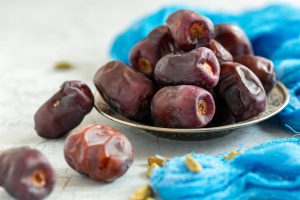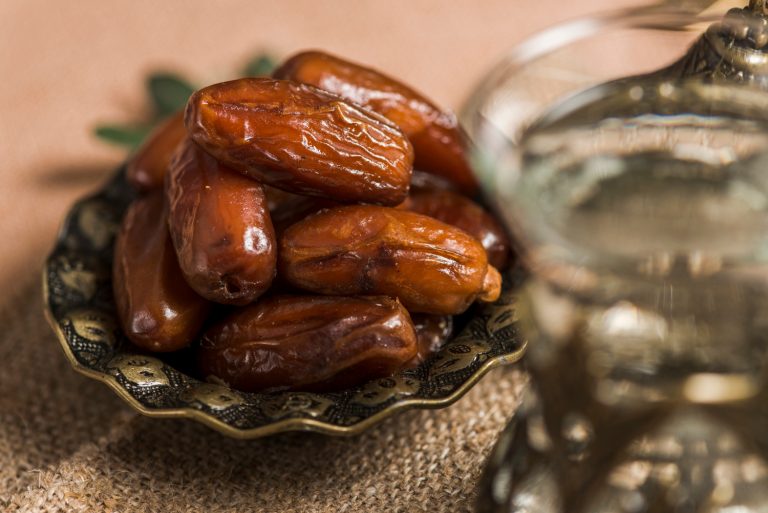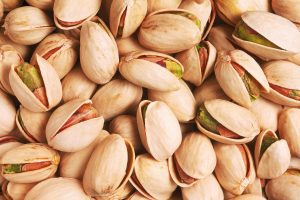
History and things you need to know about Mazafati Dates
History and things you need to know about Mazafati Dates The Sweet Story of Mazafati Dates: Unveiling Their Origin When you bite into a rich, velvety Mazafati date, you’re not just enjoying a delicious treat—you’re savoring a piece of history that stretches back centuries. These dates, often referred to as










2 Responses
This article is great, now I can better understand the differences between dates and thank you for explaining it so well, but I wish you could add Khajur dates to this article.
Hello dear Ahmed
Thanks for your feedback
We will definitely add Khajur dates in the next updates of this article😉